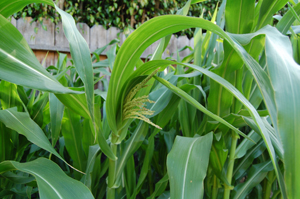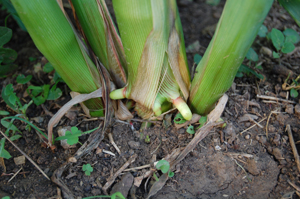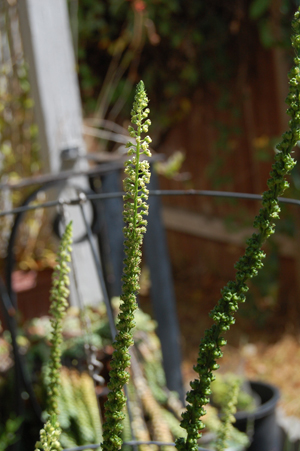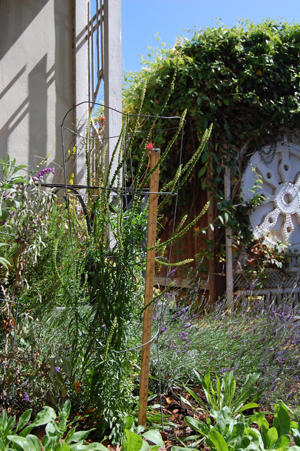The Southern California Handweavers Guild , my local weaving guild, has an annual ‘Guild Challenge’. This year it is “to take something unwanted and give it a second life” – a recycling challenge. So I have been recycling a 100% wool machine-knitted sweater from my local Out of the Closet thrift shop’s $1 rack.
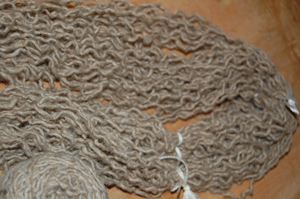
[unraveled wool before washing and dye]

[from a previous post – same wool after onion dye.]
Keeping in the recycling spirit I’ve been trying out my usual array of yard dyes – Fennel, Onion peels, and most recently Hibiscus flowers (dried).

Interestingly and annoyingly I get a consistent yellow to yellow green with dried hibiscus while other people get a rose-red color. The dye bath is a lovely rose color and yellow wool pops out. So I’m still looking for ways to coax it to red that don’t involve harsh mordants. More about that later…
As an aside – it turns out that dismembering a machine knit is not exactly like frogging a hand-knit. There are extra stitches at the seems. A few good web sites explain the process:
a) How to recycle sweaters for yarn,
b) Cashmere Connoisseur: How to take apart a sweater for the yarn
As you can see just Google on something like ‘recycle sweaters for yarn’ and you will find plenty of helpful suggestions.




